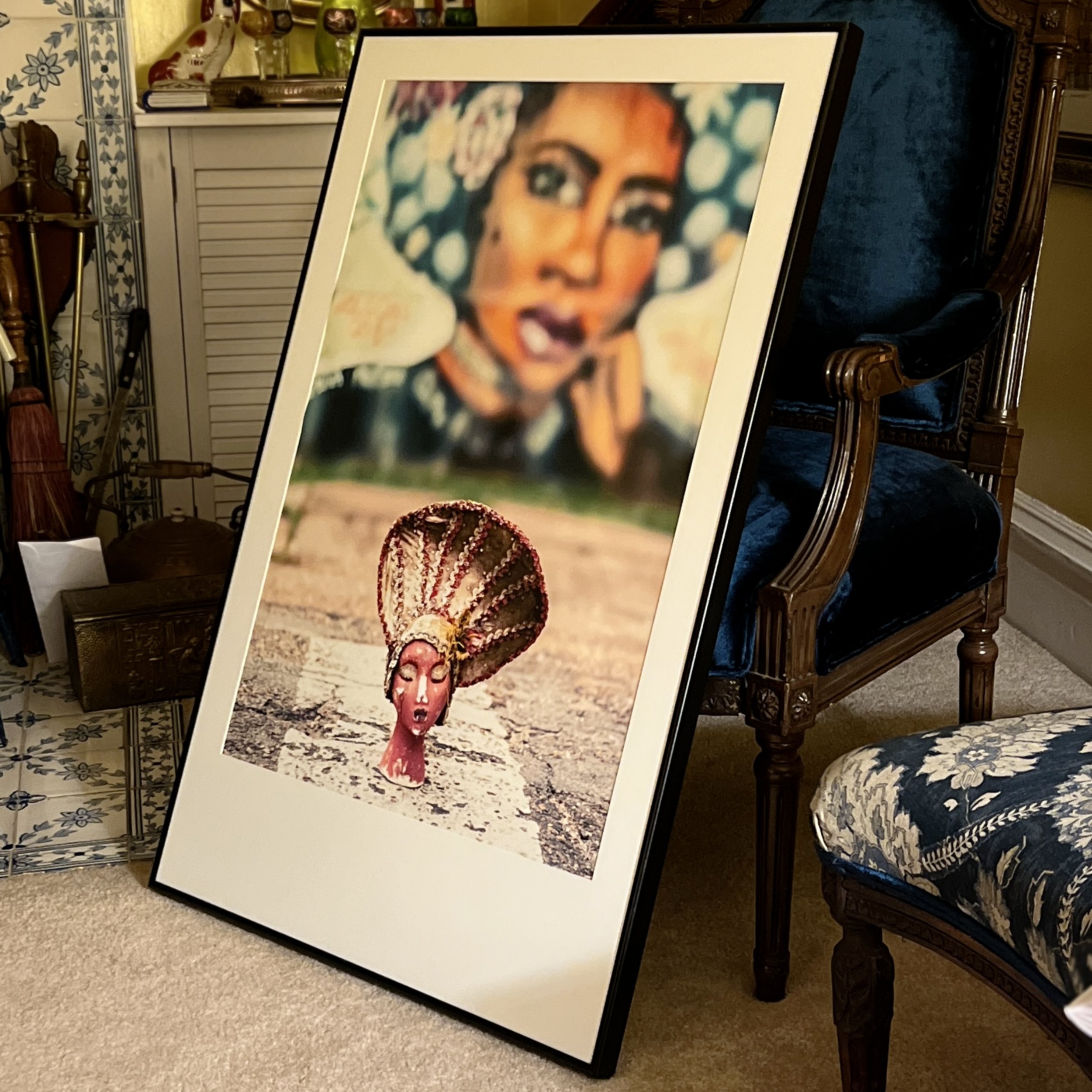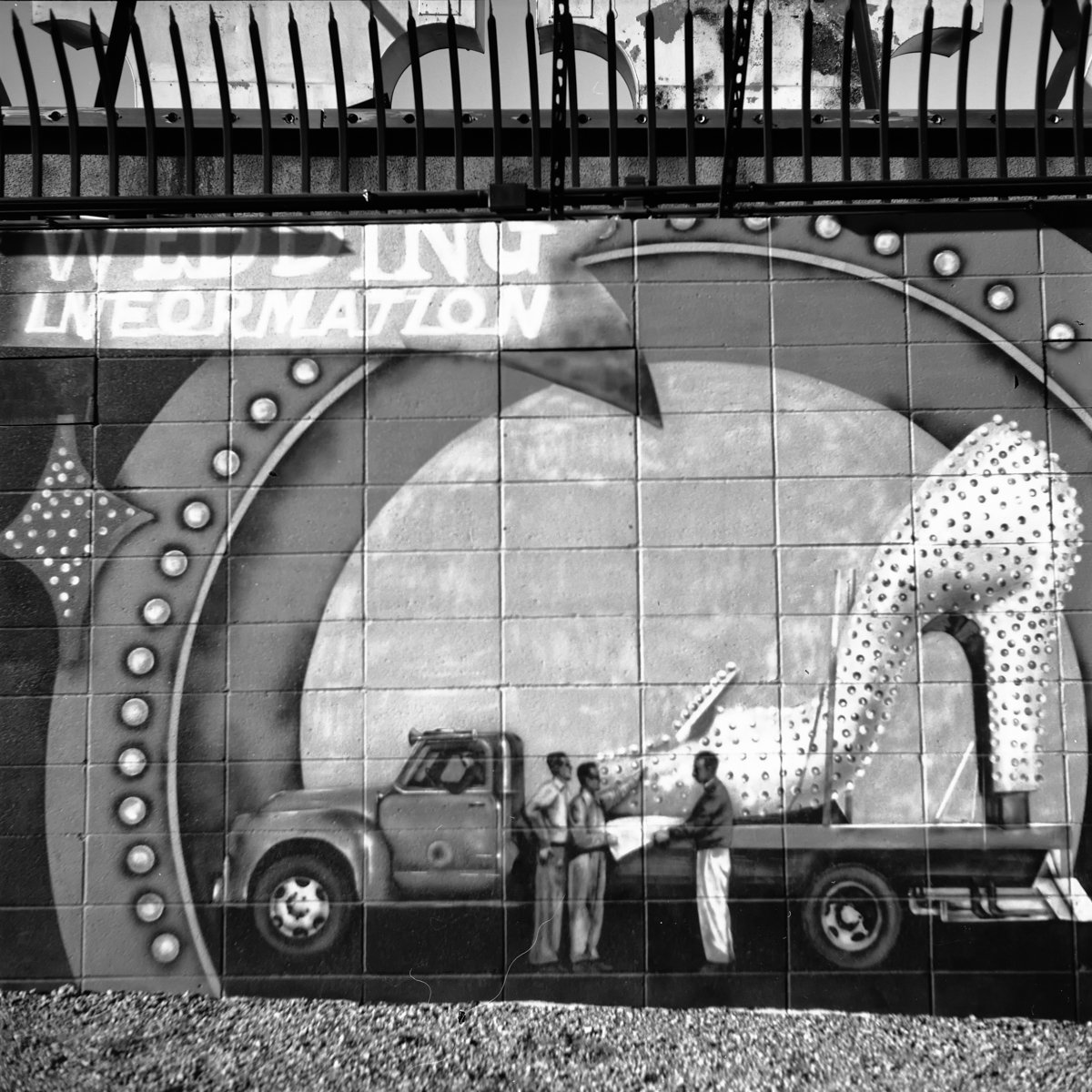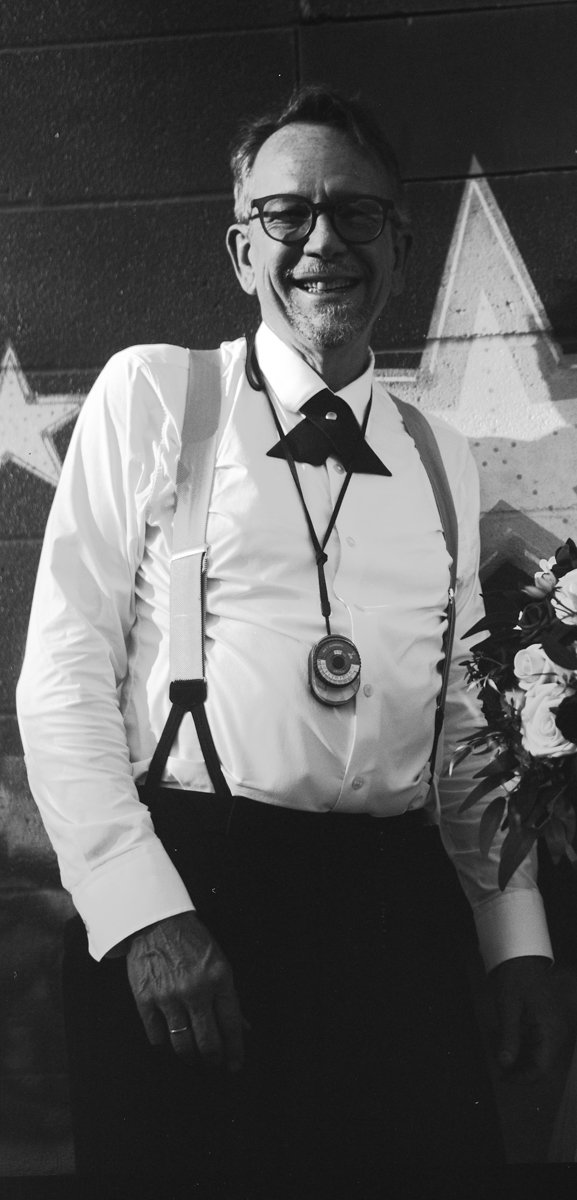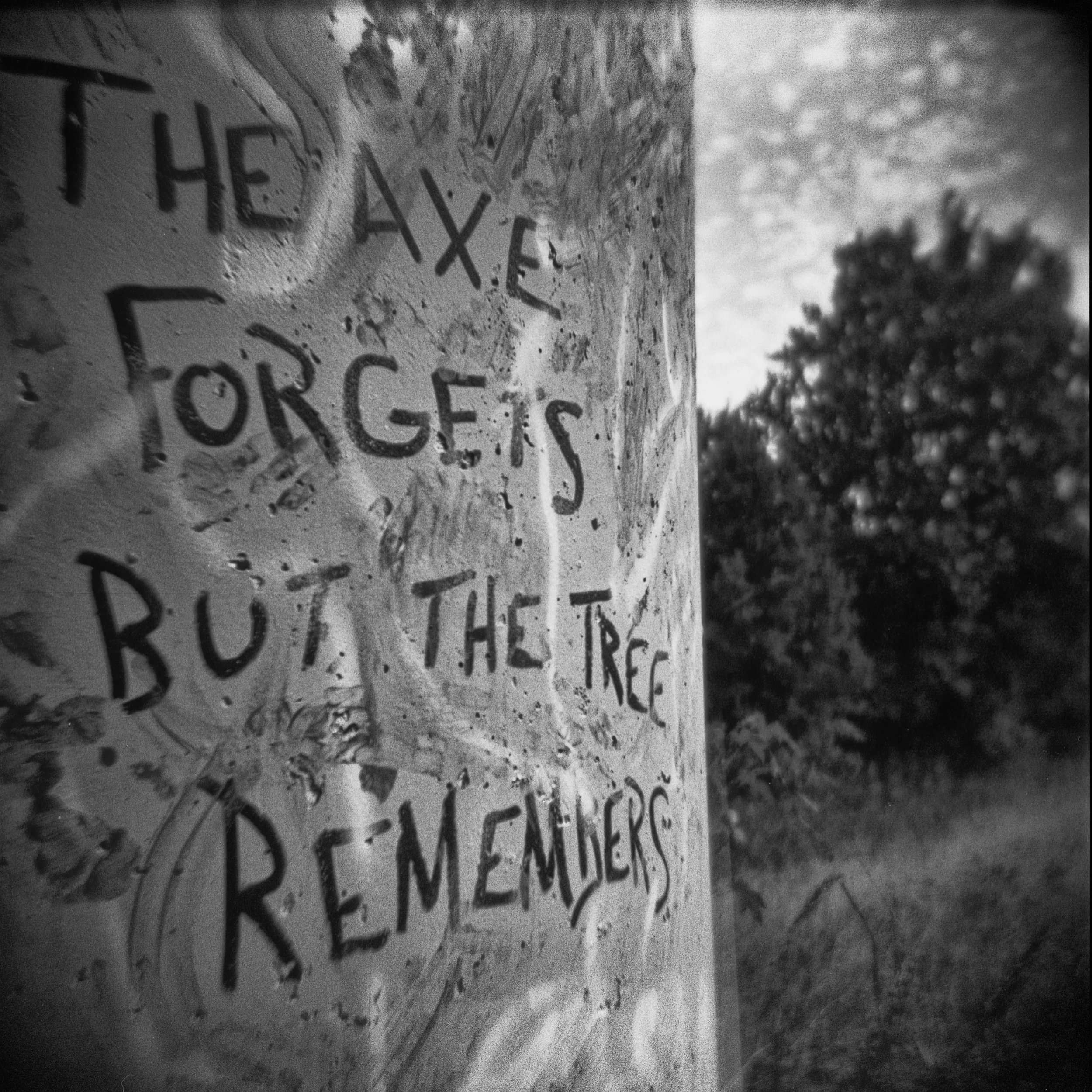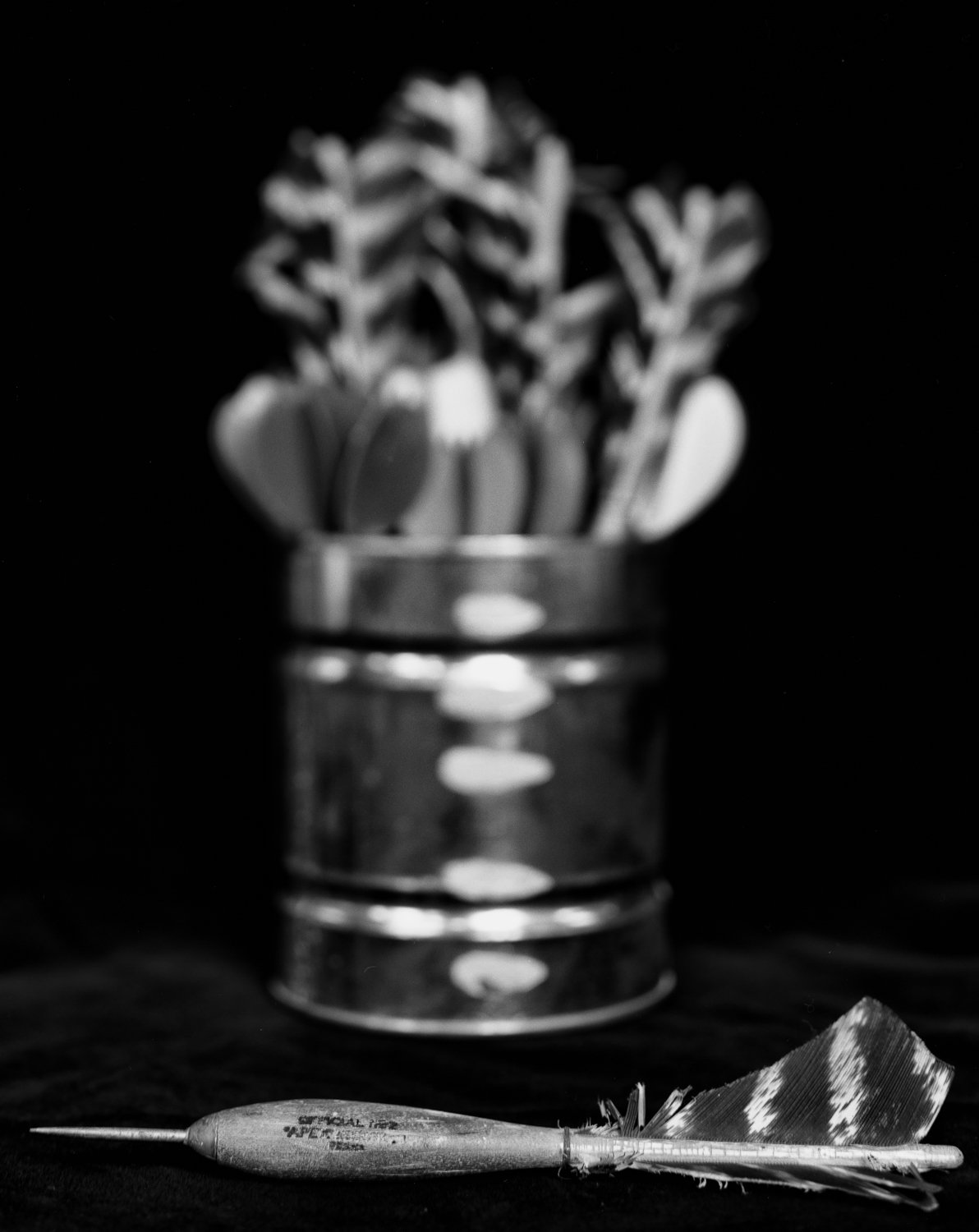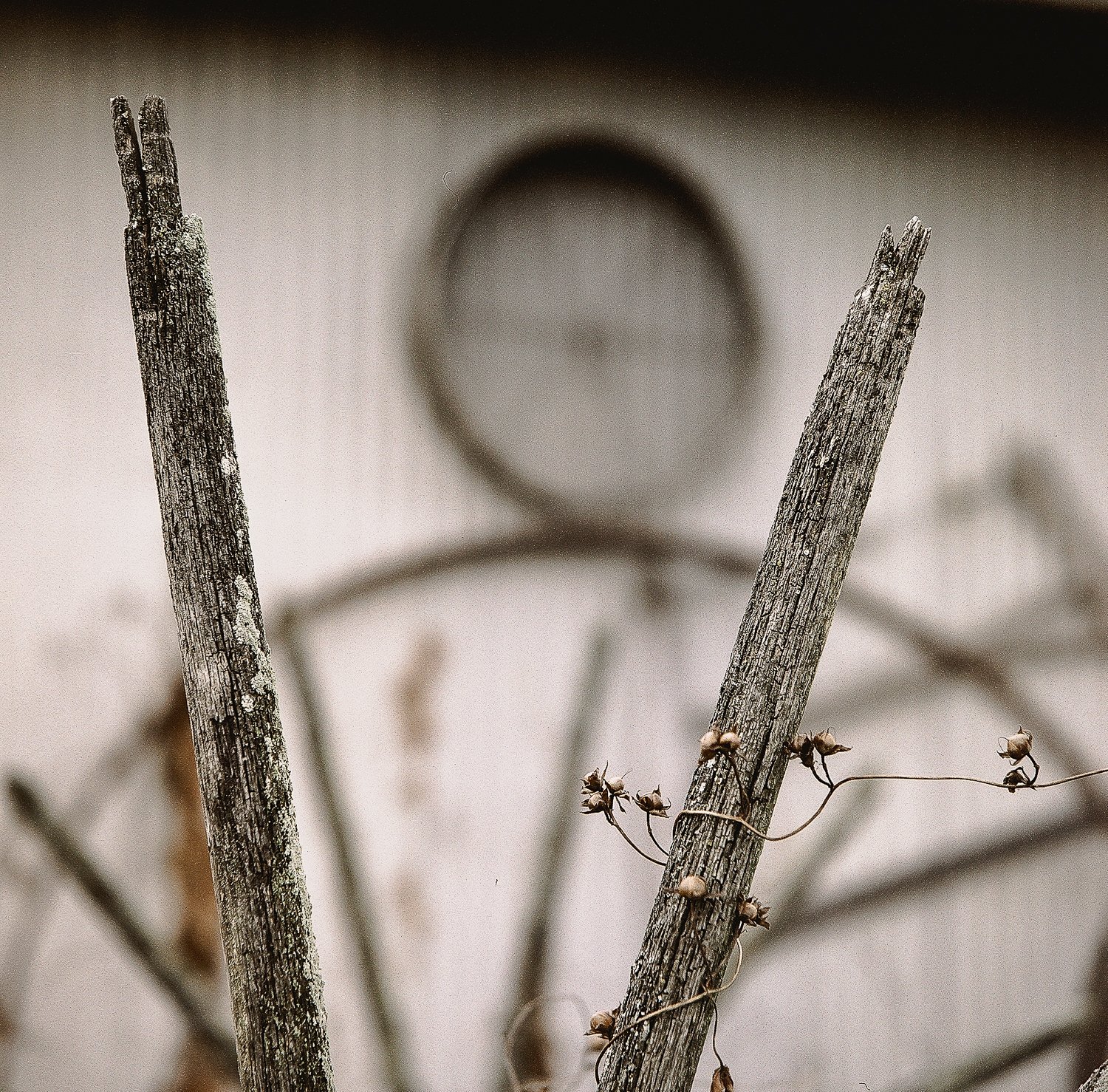A fine art photograph that traveled from studio to exhibition and back again. Created in the Marigny neighborhood of New Orleans and recently shown at the Angad Arts Hotel in St. Louis. A reflection on process, attention and the ongoing life of artwork. By CB Adams of Qwerky Studio.
Back home again. Fine art photograph by CB Adams, created in the Marigny neighborhood of New Orleans using a handmade Mardi Gras head.
I arrived at the Angad Arts Hotel as artists were coming and going, work being delivered for the next exhibition while other pieces were being packed to go home. One artist was maneuvering an enormous canvas inside a hand-built wooden crate that filled the bed of his pickup. I admired the commitment in that scene — the scale of the work, the crate, the truck, the steady belief required to keep moving art through the world.
I was there to pick up a piece of mine from the previous show.
After around fifty exhibitions, this rhythm is familiar. A photograph leaves the studio with its own quiet energy, is seen in public for a time, and returns. The return has its own dignity. The work has been part of the world. It has gathered glances and brief moments of attention. It has lived elsewhere for a while.
This image was made during a visit to the Marigny neighborhood of New Orleans. I found a yard sale where a woman was letting go of a Mardi Gras head her mother had made in the 1960s. She spoke about it with affection and a sense of necessity. I bought it and spent the morning carrying it under my arm, making small scenes wherever the light opened an opportunity. The photograph came from that day. No thesis attached. It says something to me, and others may find their own way into it.
With time, I’ve come to understand my photography the way I imagine a theater-maker understands a production. You create the work. You offer it. People spend time with it. Then everyone goes home. The exchange has already taken place. In theater, applause marks the moment. In a gallery, it is quieter — a pause, a step closer, a longer look.
The question comes up: with everything happening in the world, does art matter? Each time I return to the studio, I find a steady yes. Art helps us remain human. It asks us to slow down. It offers a space for feeling when language is thin. It connects across experiences and across time.
So the photograph is back now. It carries a small history. And the work continues here, as it has before and will again. The seeing continues. The making continues. That feels like the essential thing.
For inquiries and viewing appointments, contact Qwerky Studio, St. Louis.
